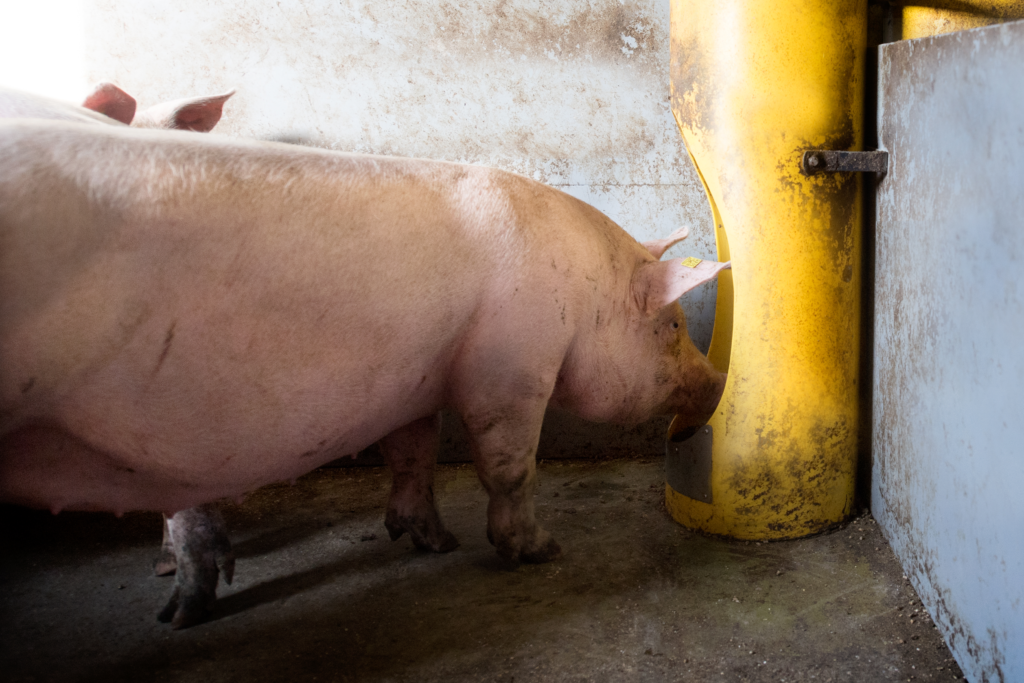By Kristine Hov Martinsen
Livestock products provide 34% of the protein consumed in human diets and make a significant contribution to the global food supply. Hence, efficient use of nutrients in animal production is important to accommodate human population growth, climate changes that generally hamper food production, mitigating greenhouse gas emissions, and uncertainties concerning global food production. Proteins are costly nutrients in animal feed; efficient use of proteins is therefore important for future animal production. As a swine genetics company, Topigs Norsvin aims for improved sustainability in pork production.
Nitrous oxide is the main greenhouse gas discharged from pork production, both when the manure is stored in manure pits and when it is used as a fertilizer. Protein from the concentrate is the most significant source of nitrogen in pigs. Therefore nitrogen excreted in the manure mainly comes from amino acids not absorbed in the pig’s intestines and utilized for growth.
Topigs Norsvin has recently published a scientific paper on nutrient digestibility, where nitrogen digestibility was estimated on our selection candidates for TN Duroc at Delta Norway. The results from this paper showed that nutrient digestibility was heritable and that 20% of the variation in nitrogen digestibility was explained by genetics of the animal. Further, the current breeding goal is to increase nitrogen digestibility based on a favorable genetic correlation found between feed conversion ratio and nitrogen digestibility.
The results from this study show the potential for increased precision breeding for traits related to feed efficiency, and this trait will be implemented in the breeding goal of our genetic lines.
By improving nitrogen digestibility in our genetic lines, we can improve farm turnover through improved efficiency, reduce expensive nutrient loss to the environment, and hence cut greenhouse gas emissions from the pork industry worldwide.

